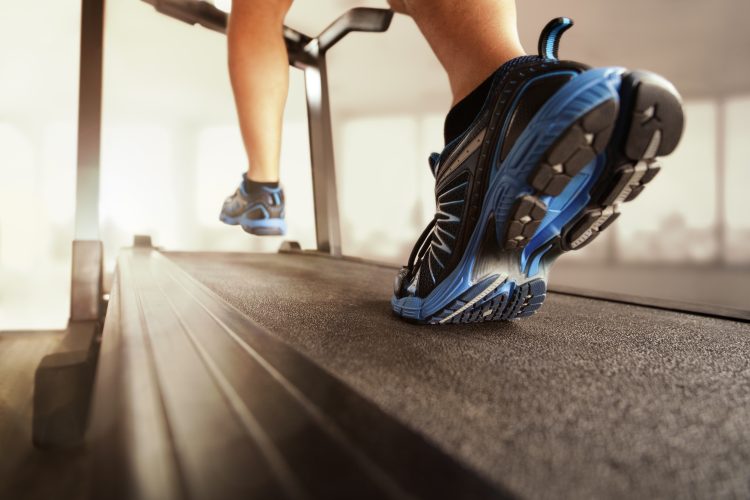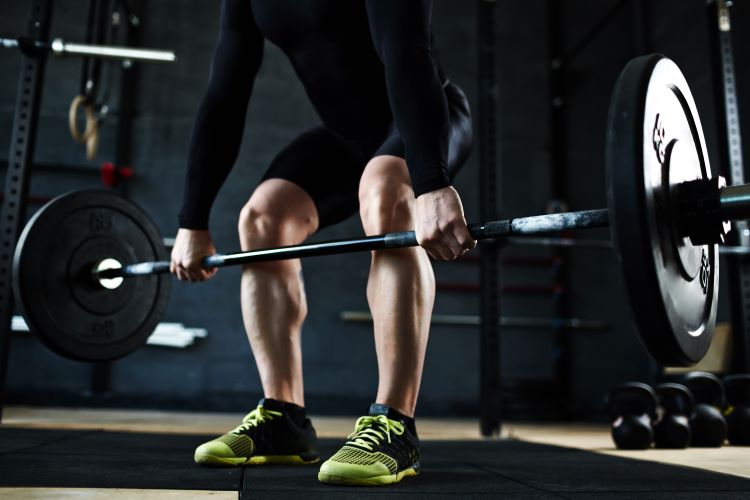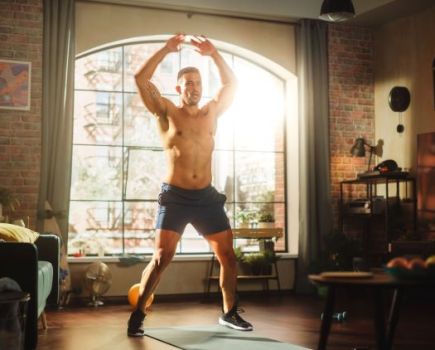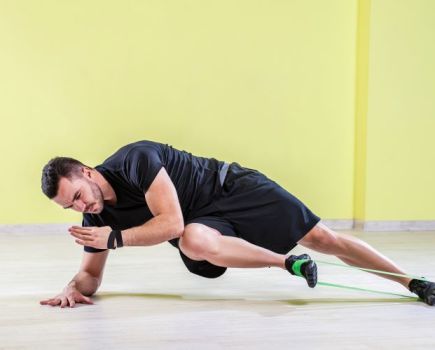What makes a good gym shoe? It needs to provide enough stability and support, while delivering targeted performance benefits.
Ultimately, what makes a good gym shoe depends on the type of exercise you’re doing. Identifying which activities you usually do is the most important step when it comes to finding the best gym shoes for you. There’s no point buying a pair of lightweight running trainers and taking them straight to the squat rack. Similarly, there’s no point trying to run in rigid lifting shoes.
If your workout involves lots of lateral movements, such as boxing or HIIT, you’ll want a shoe with good ankle support that is designed to help you stay on your toes – such as the Under Armour TriBase Reign 4 Pro or the Inov-8 F-Lite G 300.
Breathable uppers will help keep your feet cool during these intense sessions. A wide toe box, lower cushion and low heel-toe drop sets most gym shoes apart from running shoes, and help with fast direction changes.
For weight lifting, meanwhile, it’s more important that your shoe has a flat, stable base that aids squatting and power-based movements. Two good examples are the Reebok Legacy Lifter II and the Nike Metcon 8.

There are plenty of good all-round gym shoes that provide support and stability during a range of workouts. If you like mixing it up from cardio to cross-training to weightlifting, an all-rounder like the Reebok Nano X2 would be ideal – it combines a stable base for heavy lifting with excellent lateral support.
Try the Reebok Nano X2
BUY IT NOW:
$135 / £100 / reebok.com
You won’t get the most from a strength training session if you turn up to the gym in your running shoes. However, if you spend most of your gym time doing aerobic work, such as the treadmill or rowing machine, then a gym shoe with good running credentials like the Puma Fast-R NITRO Elite Fireglow could be the perfect fit.







